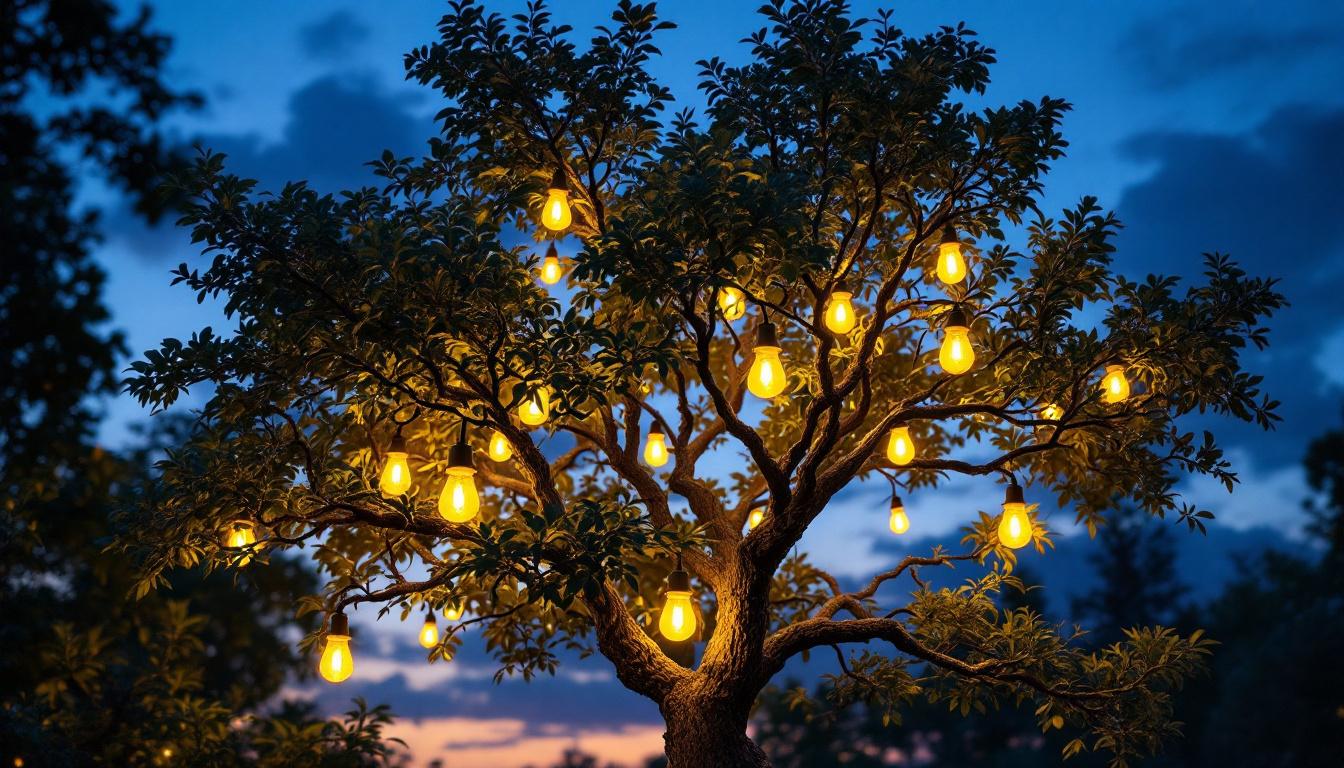
In the ever-evolving world of lighting design, lamp chandeliers have emerged as a prominent choice for both residential and commercial spaces. These fixtures not only serve as a source of illumination but also act as a statement piece that enhances the aesthetic of any room. For lighting contractors, understanding the intricacies of lamp chandeliers is essential to meet client demands and stay ahead in a competitive market. This article explores various approaches that smart lighting contractors can adopt when working with lamp chandeliers.
Before delving into the strategies for installation and design, it is crucial to understand what lamp chandeliers are and how they differ from traditional chandeliers. Lamp chandeliers typically incorporate multiple light sources, often utilizing LED technology, which allows for energy efficiency and versatility. These fixtures not only serve as a source of light but also act as a focal point in a room, enhancing the overall decor and ambiance.
There are several types of lamp chandeliers available, each with its unique characteristics and applications. Some of the most common types include:
Understanding these types allows contractors to recommend the right chandelier based on the client’s style preferences and the intended ambiance of the space. Additionally, the choice of chandelier can significantly influence the perceived size of a room; for instance, a large, dramatic chandelier can make a spacious dining area feel even more grand, while a smaller, understated design can create an intimate atmosphere in a cozy nook.
When selecting lamp chandeliers, several key features should be considered:
By focusing on these features, contractors can ensure that the chosen lamp chandelier meets both functional and aesthetic requirements. Furthermore, the integration of smart technology allows homeowners to customize their lighting experience, adjusting brightness and color temperature to suit different occasions, from a warm glow for a romantic dinner to bright, focused light for a lively gathering. This adaptability not only enhances comfort but also supports energy conservation by allowing users to optimize their lighting needs throughout the day.
Design plays a pivotal role in the selection and installation of lamp chandeliers. Contractors must consider various factors to ensure that the chandelier complements the overall decor of the space.
One of the most critical aspects of chandelier design is scale. A chandelier that is too large can overwhelm a room, while one that is too small may go unnoticed. Contractors should assess the dimensions of the space and the height of the ceiling to determine the appropriate size.
In general, a good rule of thumb is to add the room’s dimensions in feet (length + width) and convert that number into inches. This will provide a guideline for the chandelier’s diameter. For example, a room measuring 12 feet by 14 feet would require a chandelier with a diameter of approximately 26 inches.
Moreover, the height at which the chandelier is hung is equally important. Ideally, the bottom of the chandelier should be at least 30 to 36 inches above a dining table or countertop to allow for unobstructed views and ease of movement. In spaces with higher ceilings, such as grand entryways or vaulted living rooms, a longer drop may be necessary to create a dramatic effect while maintaining balance with the room’s architecture.
The style of the lamp chandelier should align with the overall theme of the space. For instance, a modern chandelier may not suit a traditional dining room, just as a vintage piece may clash with a contemporary office. Contractors should encourage clients to consider existing decor elements such as furniture, wall colors, and flooring when selecting a chandelier.
Additionally, the finish of the chandelier—whether it be brass, chrome, or matte black—can significantly impact the visual appeal. A cohesive design will create a harmonious atmosphere that enhances the space. Lighting technology also plays a role in aesthetics; LED bulbs can provide energy efficiency while offering a range of color temperatures that can dramatically alter the mood of a room. Warm white light can create a cozy ambiance, while cooler tones can lend a more modern feel.
Furthermore, the choice of materials in the chandelier can add layers of texture and interest. Crystal chandeliers exude elegance and sophistication, while wrought iron designs can impart a rustic charm. Glass shades can soften the light and create a diffused glow, making them ideal for intimate settings. By thoughtfully considering these elements, contractors can guide clients toward a chandelier that not only illuminates but also serves as a stunning focal point in the room.
Proper installation is crucial for ensuring that lamp chandeliers function effectively and safely. Lighting contractors must be well-versed in various installation techniques to provide quality service.
Before installation, it is essential to evaluate the existing electrical setup. Contractors should check the wiring and ensure that it can support the chandelier’s power requirements. This assessment may involve upgrading the circuit or installing a dedicated line to accommodate the new fixture.
Furthermore, understanding the weight of the chandelier is vital. Heavier models may require additional support, such as a ceiling brace, to ensure stability and safety. Contractors should always adhere to local building codes and regulations during installation.
There are various mounting options for lamp chandeliers, including flush mounts, pendant mounts, and chain mounts. Each option serves different aesthetic and functional purposes:
Contractors should discuss these options with clients to determine the best fit for their space.
As technology advances, the integration of smart lighting into lamp chandeliers has become increasingly popular. This feature allows users to control their lighting through smartphones, voice commands, or automated systems, enhancing convenience and energy efficiency.
Smart lighting offers several advantages for both contractors and clients:
By promoting smart lighting solutions, contractors can position themselves as forward-thinking professionals who embrace modern technology.
Integrating smart features into lamp chandeliers requires careful planning and execution. Contractors should ensure that the chandelier is compatible with smart bulbs or fixtures. Additionally, the installation of smart controls, such as dimmer switches or smart hubs, should be seamless and user-friendly.
Educating clients on how to use these smart features is also crucial. Providing a user manual or a brief tutorial can enhance the overall experience and satisfaction with the product.
Regular maintenance is essential to prolong the life of lamp chandeliers and ensure they continue to function effectively. Lighting contractors should advise clients on proper care techniques.
Dust and grime can accumulate on lamp chandeliers, diminishing their beauty and light output. Contractors should recommend specific cleaning methods based on the chandelier’s materials:
By emphasizing the importance of maintenance, contractors can foster long-term relationships with clients, positioning themselves as trusted advisors.
In addition to cleaning, periodic inspections of the chandelier’s electrical components are necessary. Contractors should encourage clients to check for any signs of wear, such as flickering lights or unusual noises, which may indicate underlying issues.
Offering maintenance services or reminders for inspections can further enhance client relationships and ensure the longevity of the installations.
Lamp chandeliers represent a blend of functionality and artistry, making them a popular choice for various settings. For lighting contractors, understanding the nuances of these fixtures—from design considerations to installation techniques and smart technology integration—is essential for success in the industry.
By adopting a comprehensive approach that includes educating clients on maintenance and care, contractors can establish themselves as knowledgeable professionals in the field. Embracing innovation and staying informed about the latest trends will ensure that lighting contractors remain competitive and capable of meeting the evolving needs of their clients.
In a world where lighting plays a crucial role in enhancing environments, the expertise of a skilled lighting contractor can make all the difference. Lamp chandeliers, with their elegance and versatility, offer an excellent opportunity for contractors to showcase their skills and creativity.
Ready to elevate your lighting projects with the sophistication of lamp chandeliers and the smartest solutions in the industry? Look no further than LumenWholesale. We provide lighting contractors with an exceptional range of high-quality, specification-grade lighting products at prices that can’t be beaten. Our direct-to-contractor approach means you enjoy the benefits of premium lighting without the extra costs. Plus, with free shipping on bulk orders, you can stock up on the best lighting options without worrying about hidden fees. Discover the ideal combination of quality, value, and convenience at LumenWholesale. Wholesale Lighting at the Best Value is just a click away.

Discover how highbay lighting is revolutionizing the lighting industry, offering efficiency and innovation for contractors.

Discover the significance of 5000 Kelvin in energy-efficient lighting and how it transforms spaces with its daylight-like brightness.

Illuminate your landscape projects with confidence using our essential checklist for solar lighting on trees.

Discover the essential insights into attic light fixtures with our comprehensive guide tailored for lighting contractors.